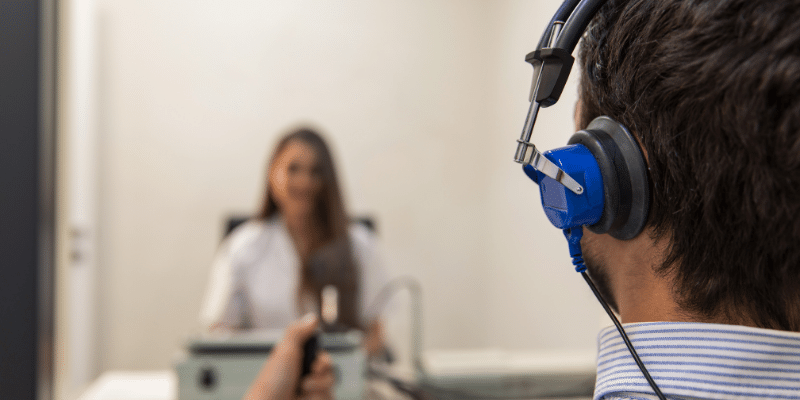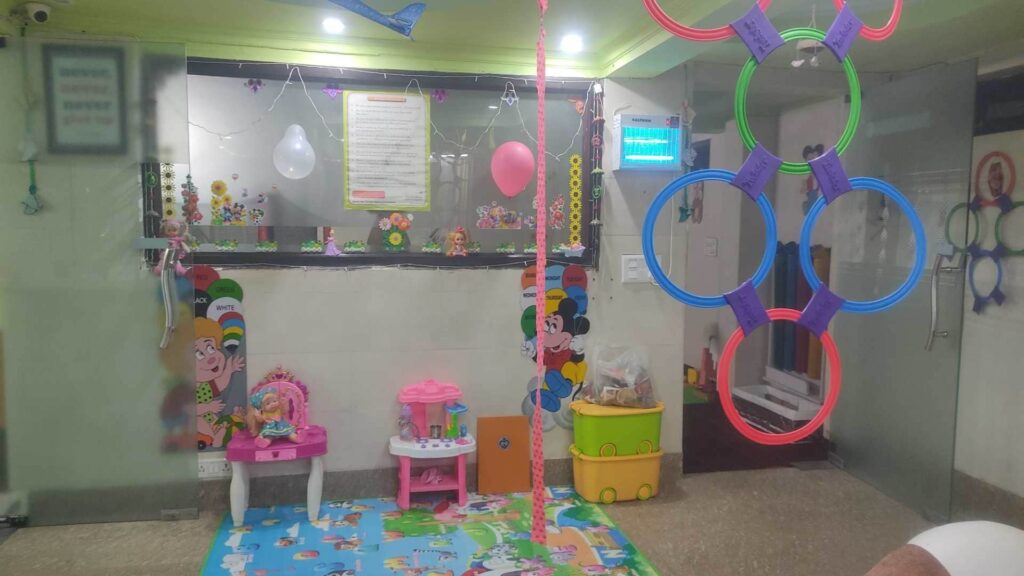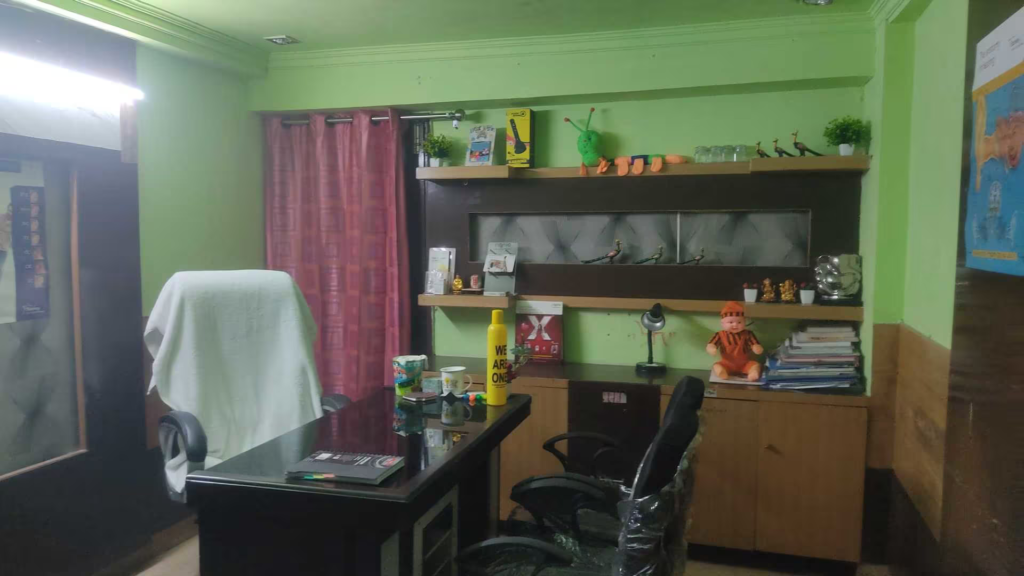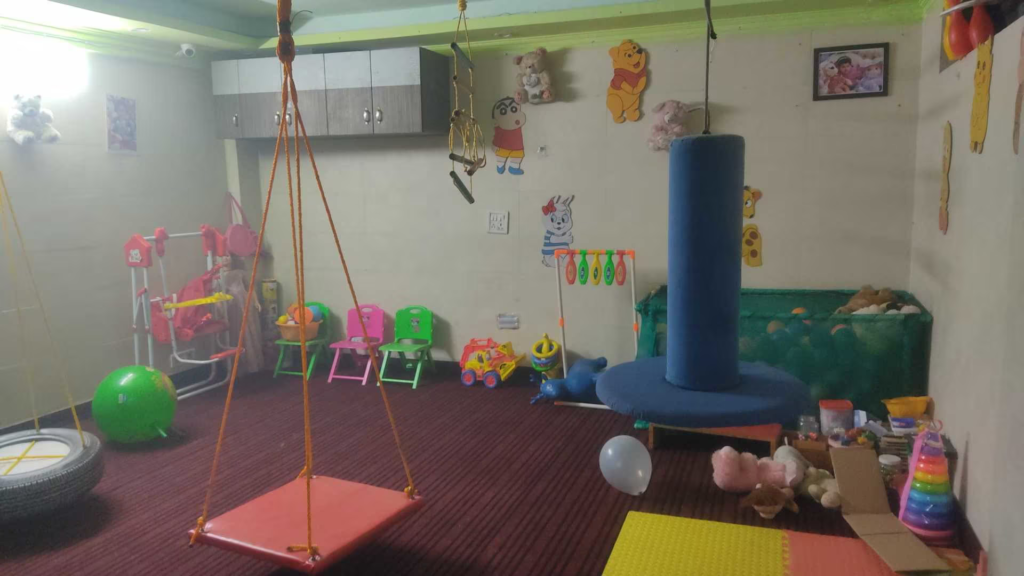Hearing Testing

Key Components of Hearing Testing
There are three components of hearing screening: 1) otoscopic inspection, 2) pure tones (PTs) or otoacoustic emissions (OAEs) and 3) immittance screening. All children should be screened with all three components.
Bone Conduction Test. Speech Test.
Speech Reception Threshold (SRT) Test.
Speech Discrimination Test.
Tests of the Middle Ear.
Tympanometry.
Acoustic Reflex Threshold (ART)
Benefits of Hearing Testing
It is better to get your hearing checked regularly even if you do not have any problems or hearing loss. A regular hearing screening can help you identify gradually developing hearing problems before they can significantly impact your hearing ability and become more difficult to treat.
Improved Communication: Enhances the ability to express thoughts, ideas, and emotions effectively.
Better Social Interaction: Facilitates improved interactions with others and enhances social participation.
Enhanced Academic Performance: Supports language development, which is crucial for learning and academic success.
Increased Independence: Promotes the ability to perform daily activities independently, especially for those with swallowing disorders.
Higher Quality of Life: Reduces frustration and improves overall well-being by addressing communication and swallowing difficulties.



